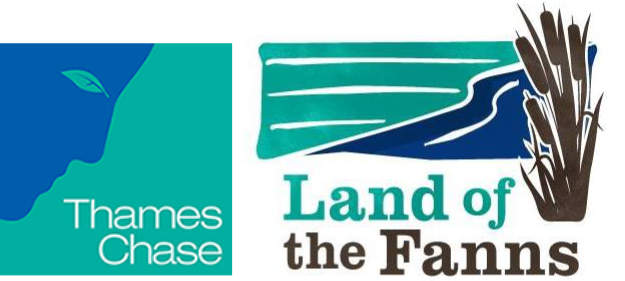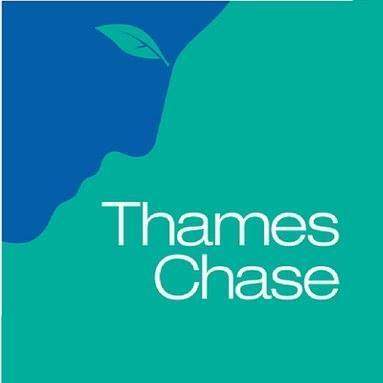What is a pond?
A pond is…
… a small body of water which doesn’t have running water
… shallow
… somewhere that different species of animals and plants as their home, like birds and amphibians.
… formed by rainwater or underground springs
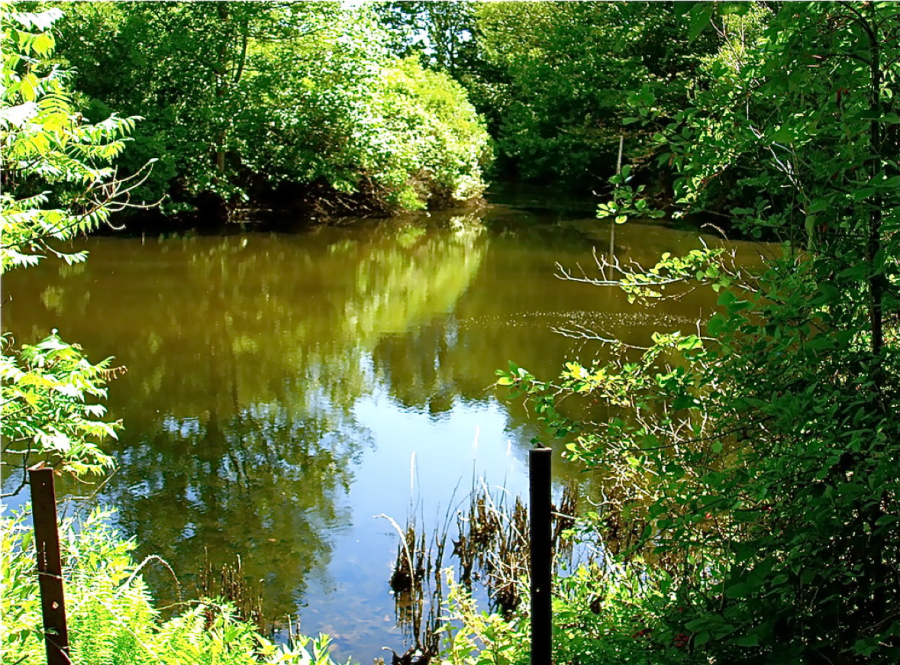
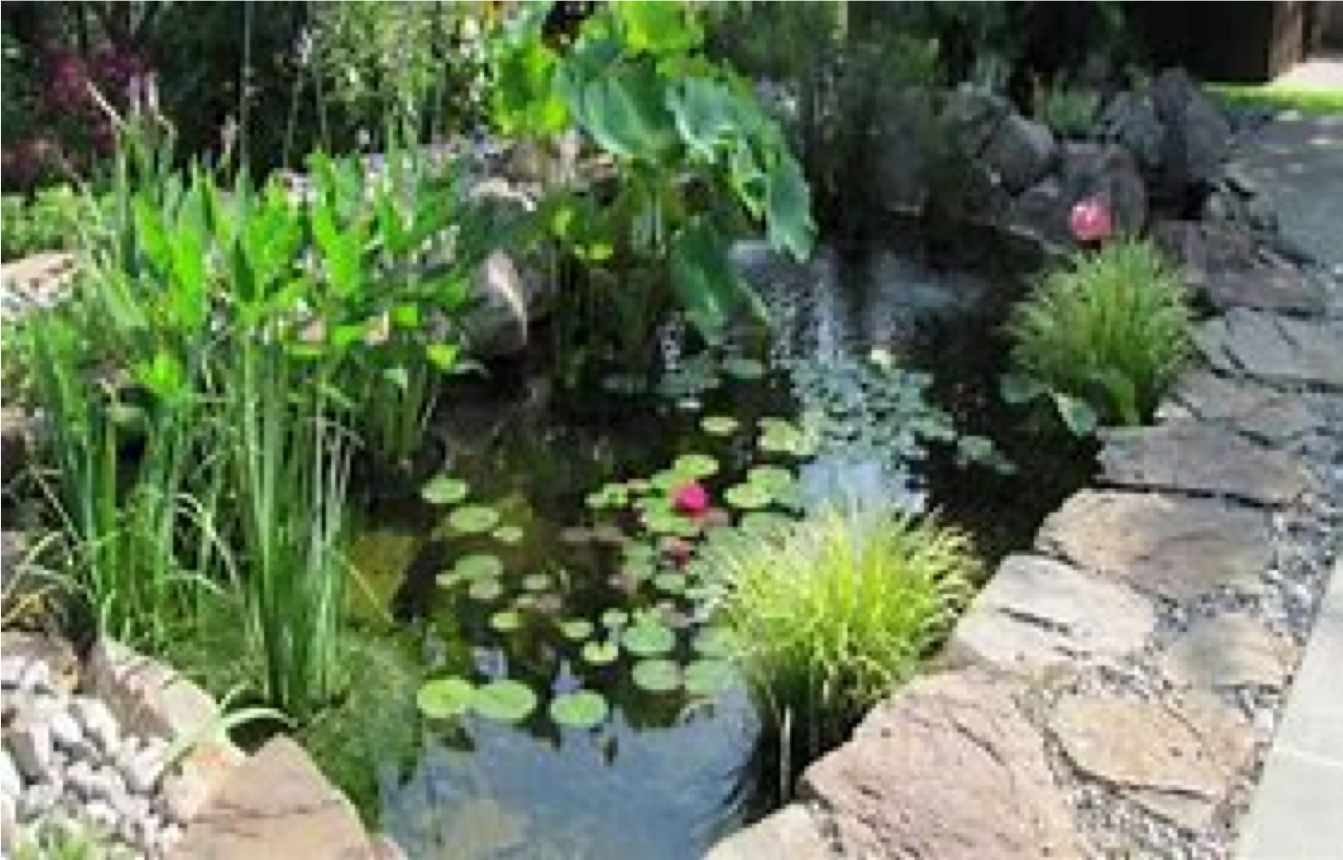
Both plants and animals have to be present in the pond to make it a balanced echo system.
What is a pond's ...
ecosystem?
A ponds ecosystem is made up of both living non-living organisms these organisms depend on each other to survive.
What is in a pond's ecosystem?
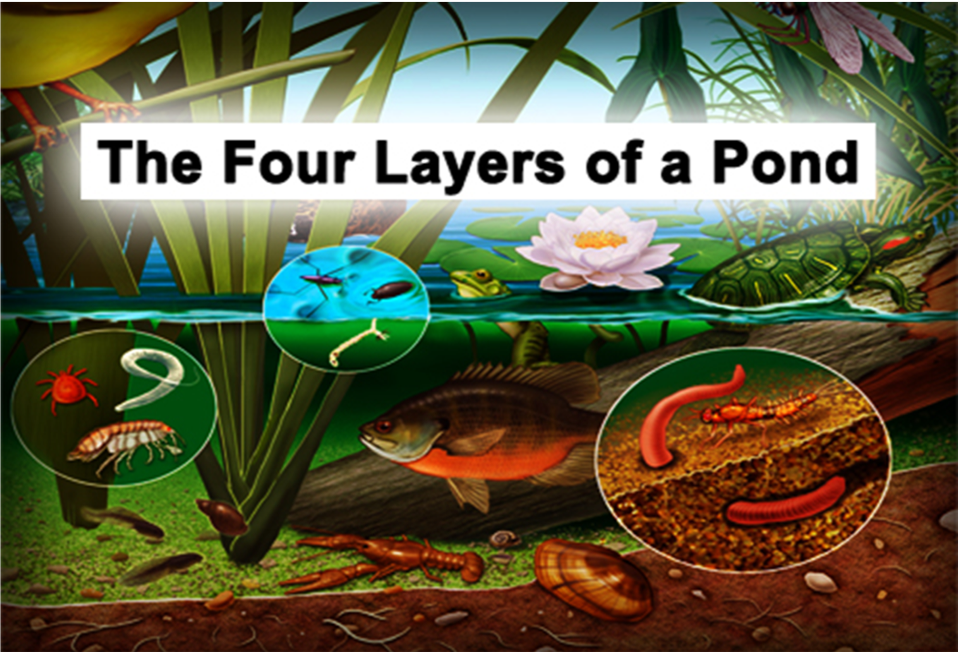
- Pond bottom - there is very little oxygen or light at the bottom of the pond.
- Mid level water - fish are the main predators here. Animals here breathe through their skin like mayfly nymphs or gills like fish
- Pond surface - plants should be plenty at this level, provide sheltered for insects and smalls amphibians like frogs and dragonflies
- Above the pond on the bank, kingfishers, grass snakes, mammals like foxes and insects are common
Pond life
Ponds are busy places!
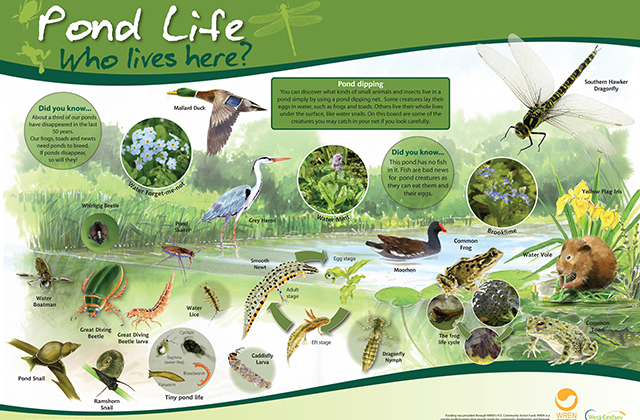
Pond food chains
Food webs
Scientists have found evidence that bats have existed for 50 million years. Some scientists believe it may have been even longer.
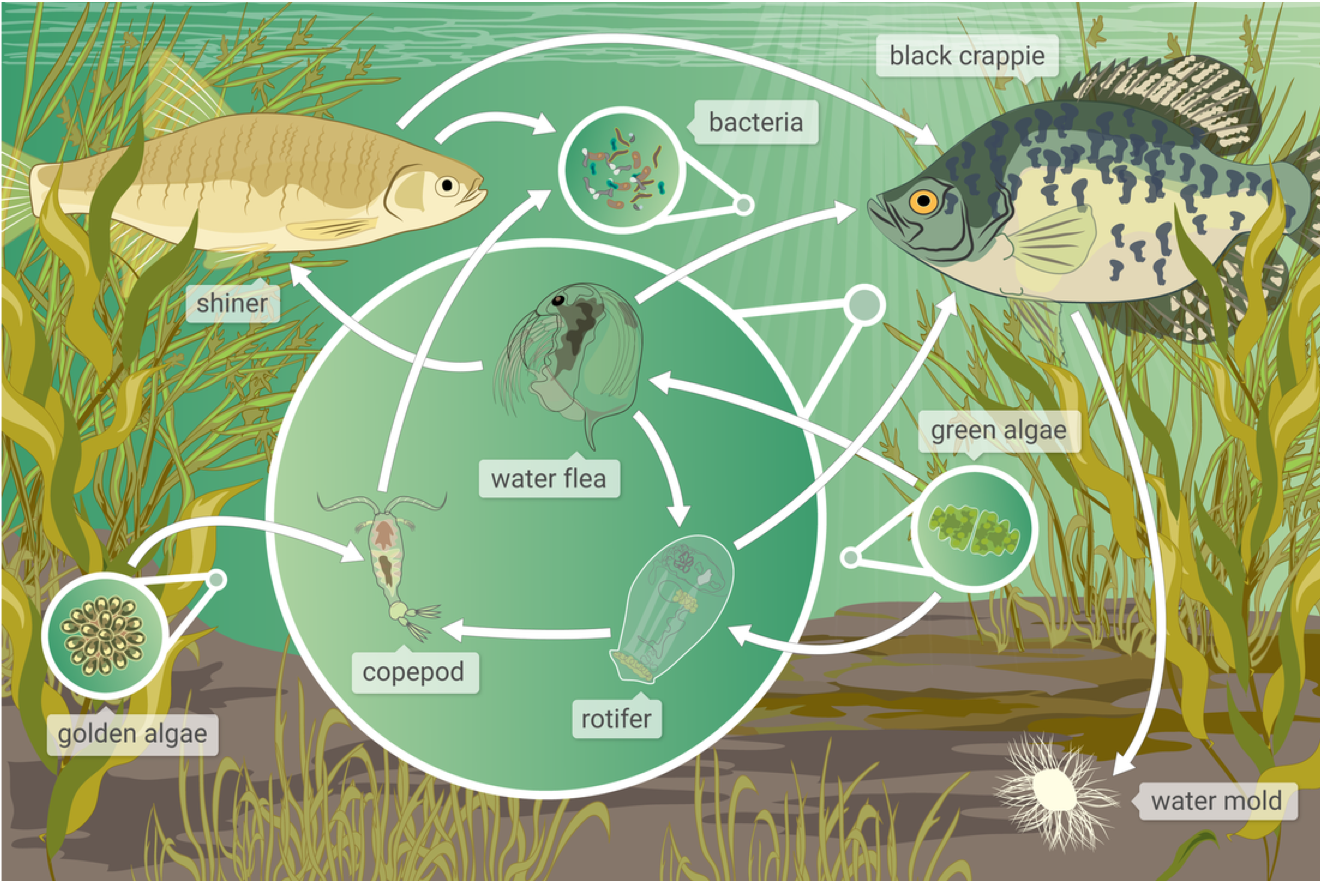
Pond food chain
A food chain shows you how each creatures gets their food. The producer provides the basic source of food which is algae which other organisms like snails eat, then consumers like a bird eats the snail.
A food web
This includes all of the connections between producers and consumers in an ecosystem.
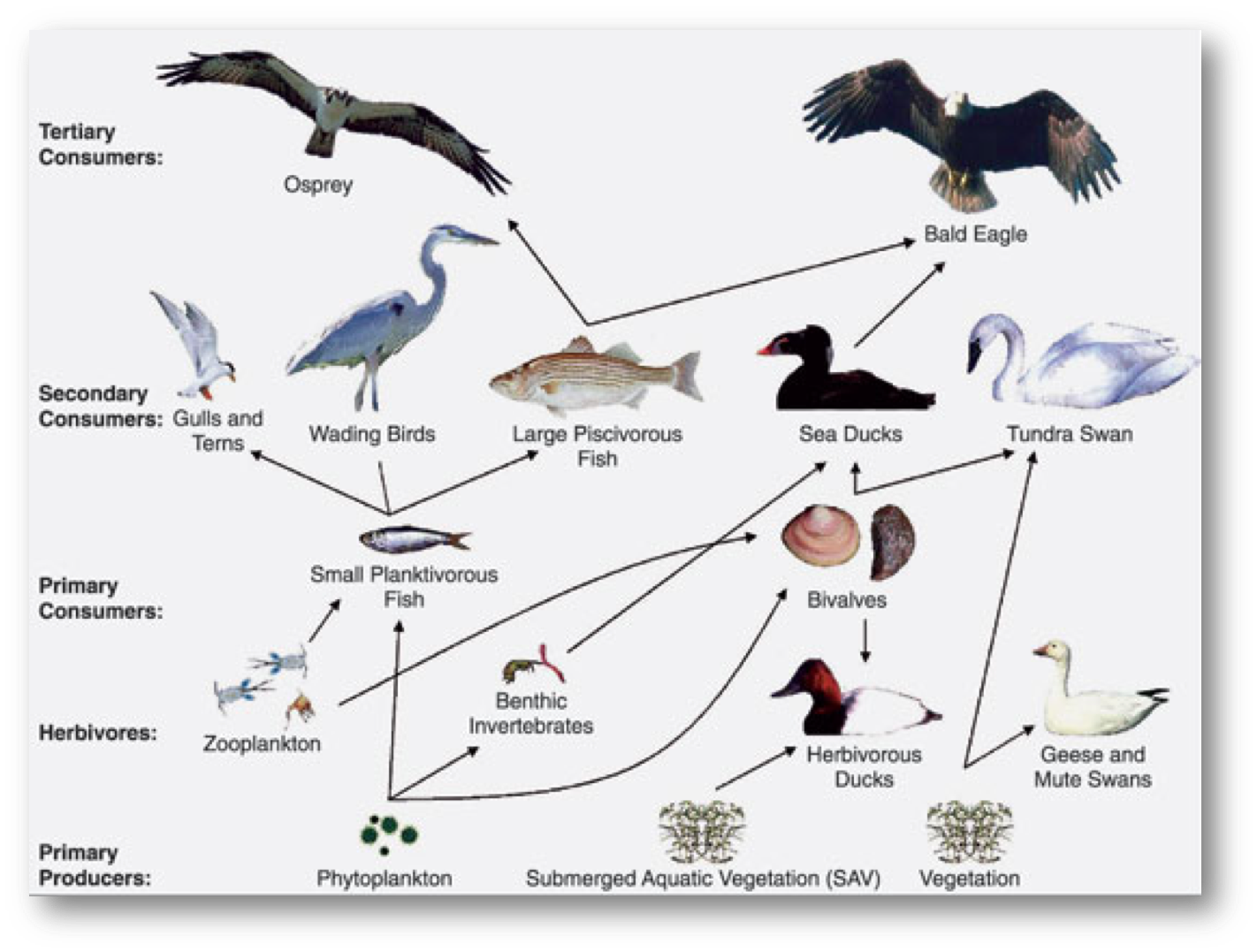
Pond dipping
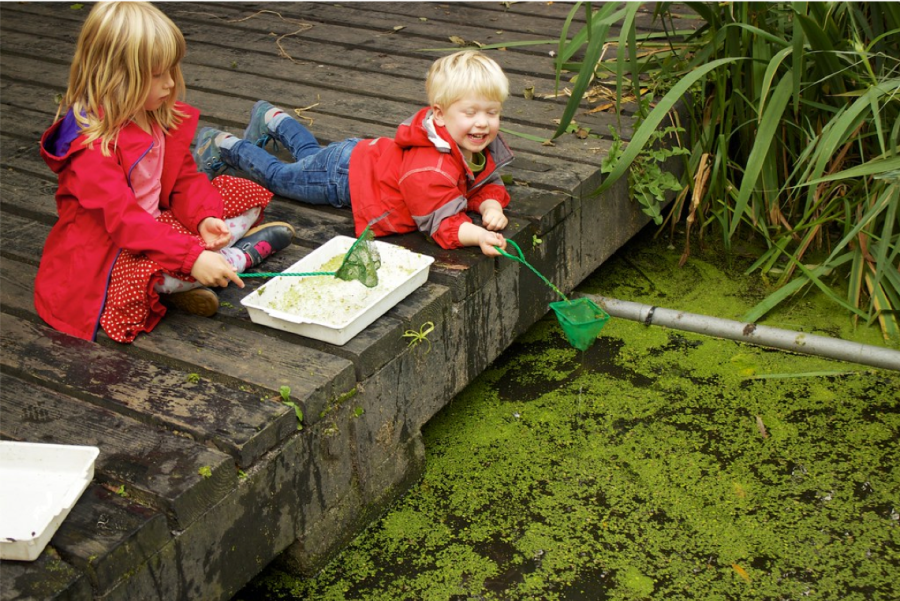
Watch the Essex Wildlife Trust pond dipping video above.
Pond dipping is fun and educational!
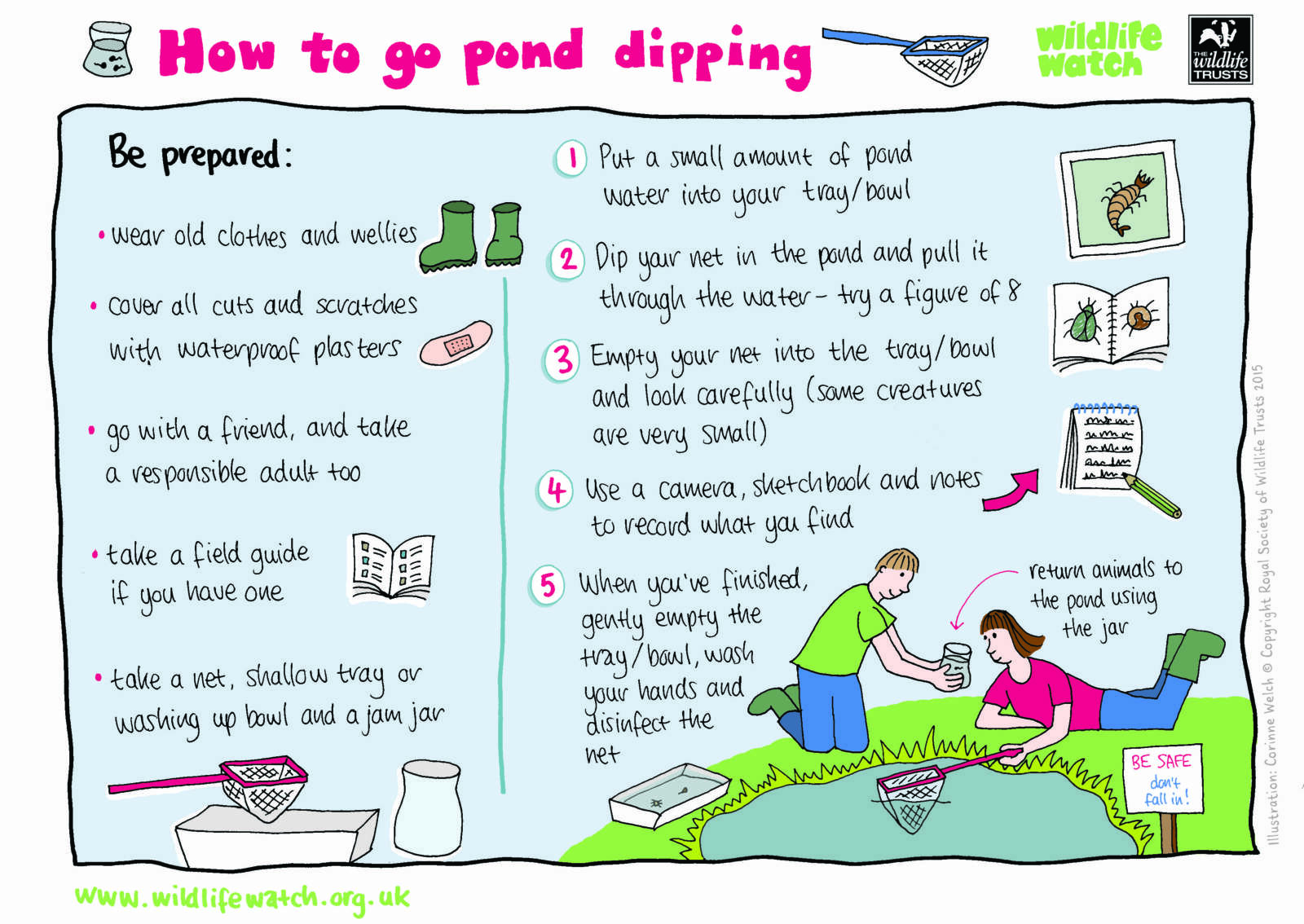
Plant life
Aquatic pond plants
Floating plants: White Water Lily, Yellow Water Lily, Broad Leaved Pond Weed, Amphibious Bistort, Water Crowfoot
Free-floating plants: Water Soldier
Submerged oxygenating plants: Water Starwort, Hornwort, Water Milfoil, Purple loosestrife
Marginal plants: Flowering rush, Water Forget-Me-Not, Water Mint, Brooklime, Marsh Marigold, Water Plantain, Yellow Flag Iris
Marsh plants: Suffolk Herbs, Water Avens, Curled Pondweed
Above, left to right: Marsh marigold, Yellow flag iris, White water lilies, wild mint.
Some plants are invasive
Avoid!
Avoid Duckweed, Azola, Floating Pennywort, Lesser Spearwort and Greater Reedmace as they are all invasive.
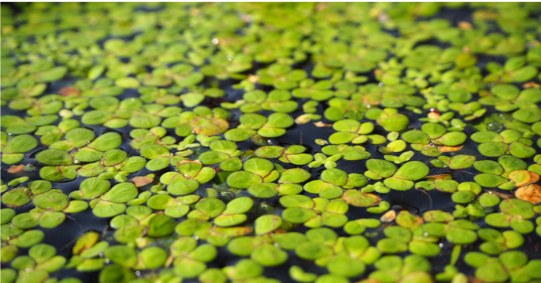
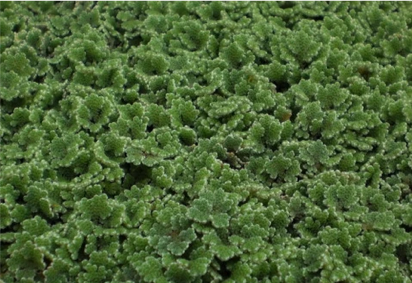
Invasive species!
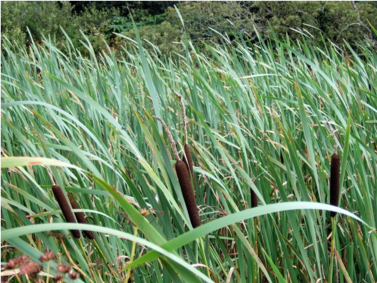
Wildfowl and Waterfowl
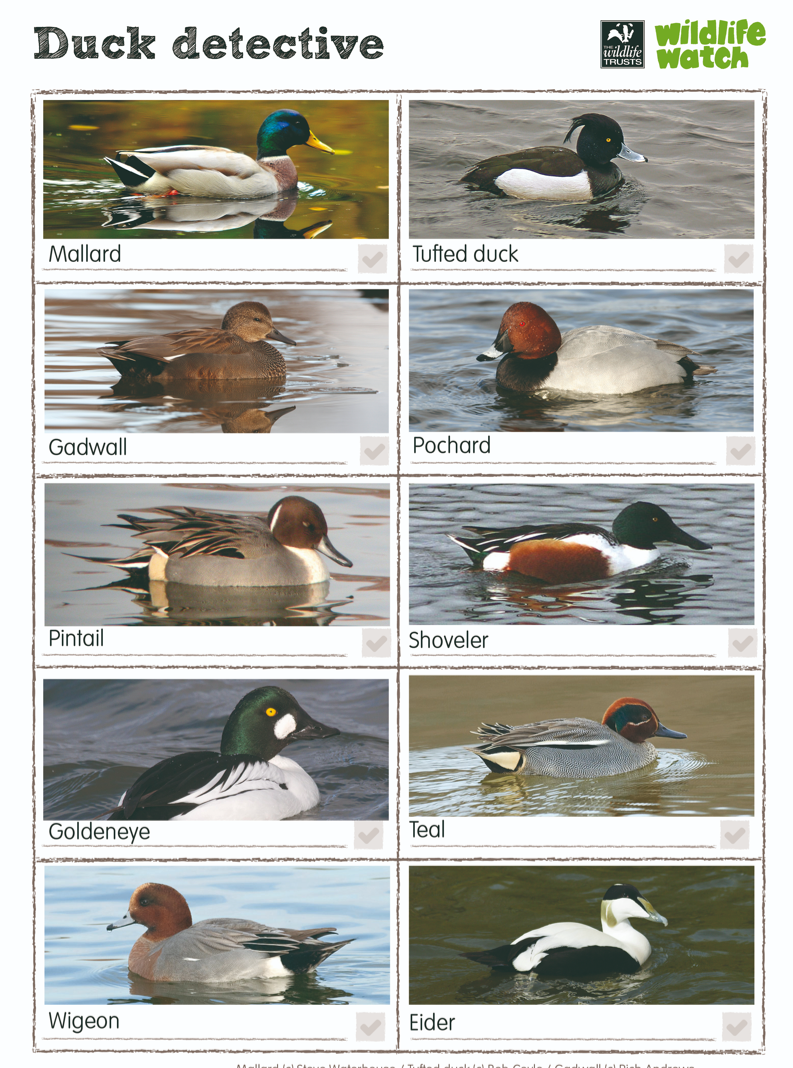
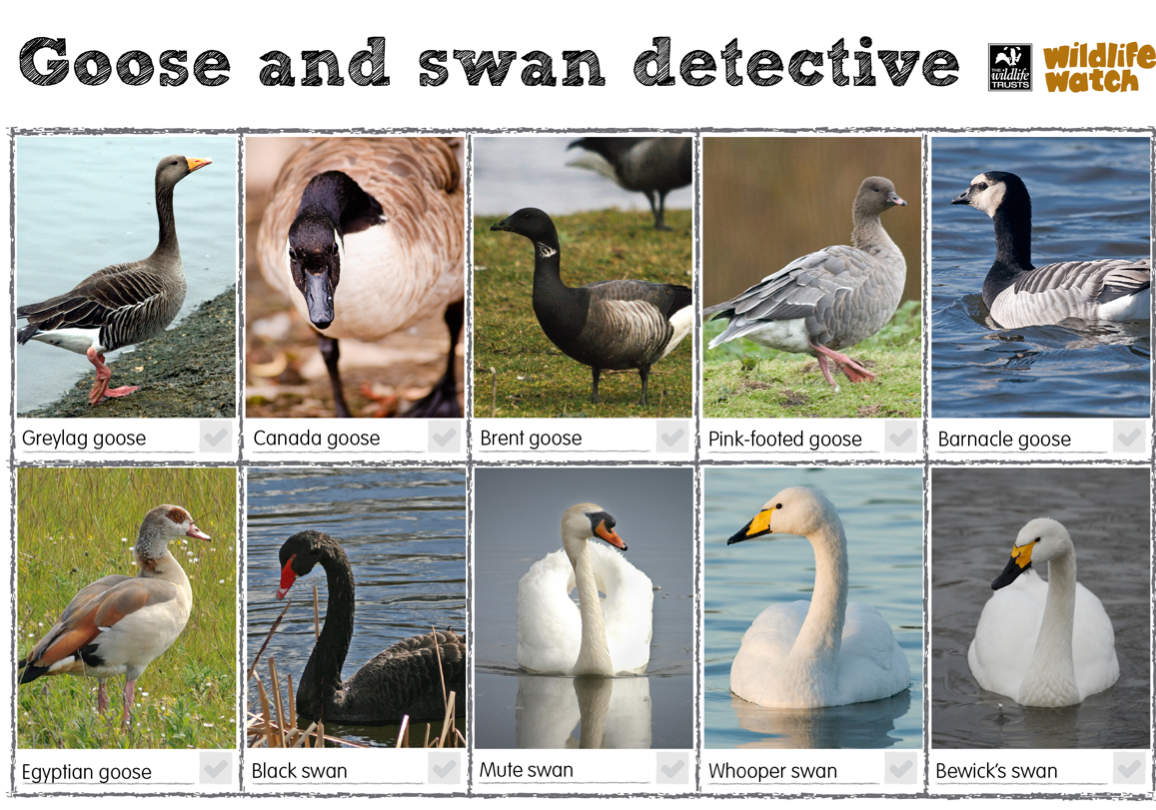
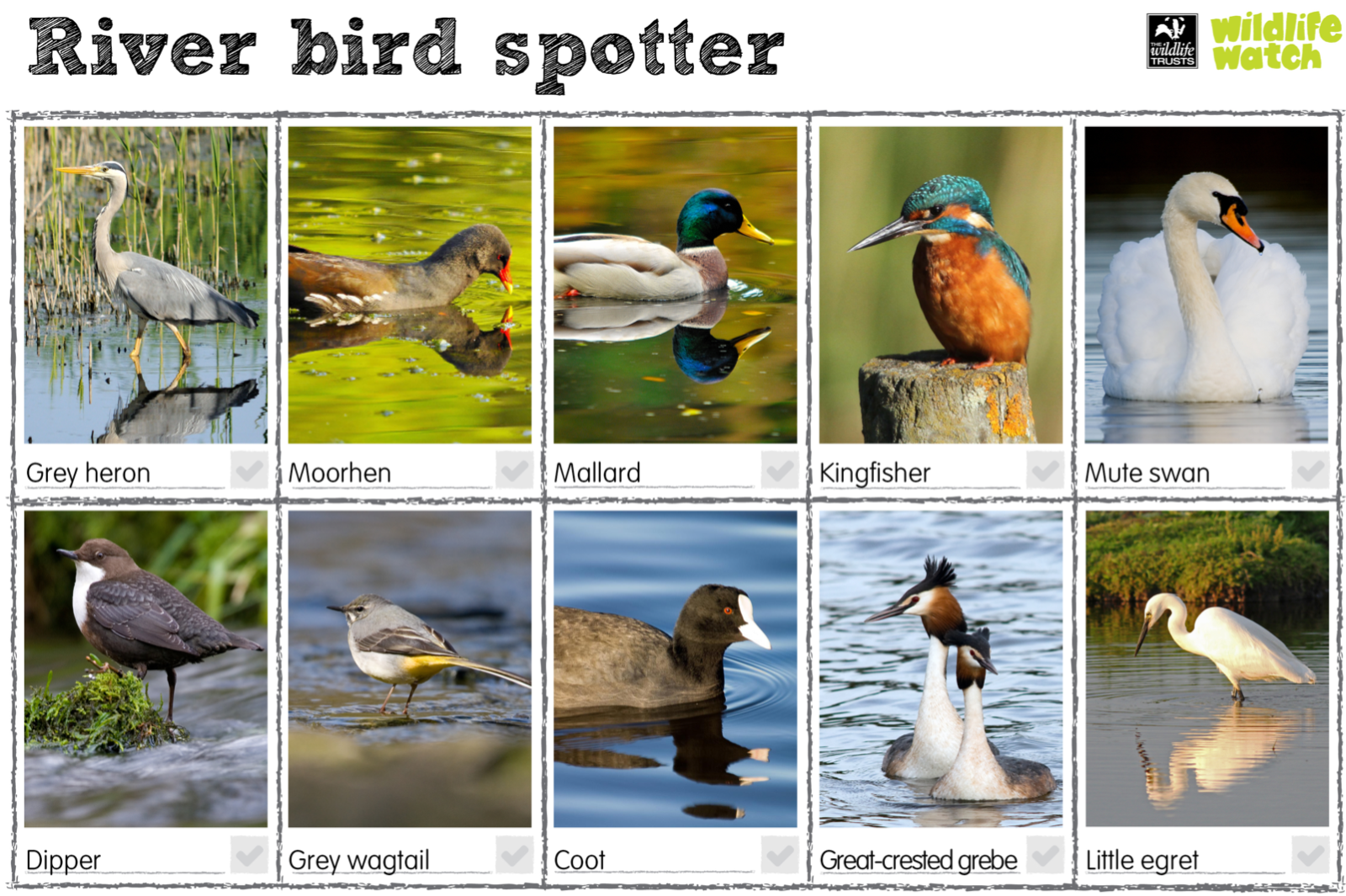
Protected species
Great crested newts
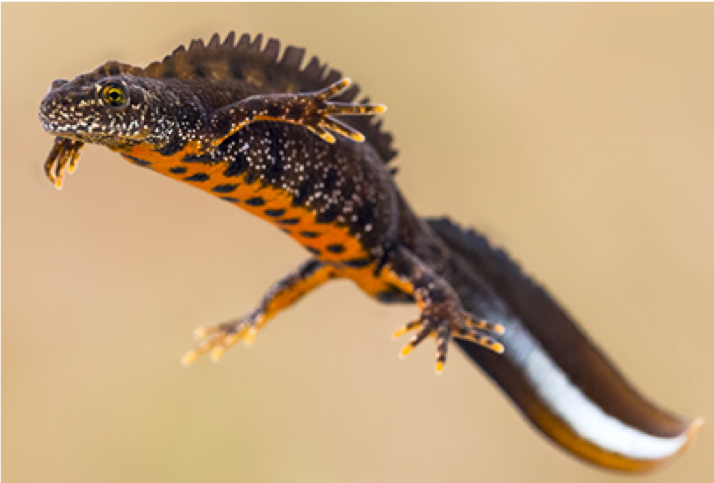
Great crested newts are fully protected under UK and European legislation: Wildlife & Countryside Act (as Amended) 1981.
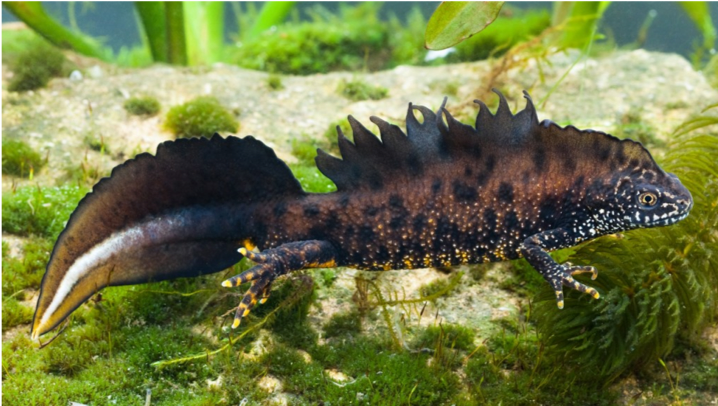
These laws make it an offence to:
Intentionally kill, injure or capture or take great crested newts
Deliberately take or destroy eggs of great crested newts (Regs)
Possess or control a live or dead great crested newt or any part or thing derived from them
Intentionally or damage, destroy, or obstruct access to, any structure or place which great crested newts use for shelter or protection
Intentionally or recklessly disturb great crested newts while occupying a structure or place which it uses for that purpose

Sell, offer or expose for sale, or possess or transport for the purpose of sale, any live or dead great crested newt or any part or thing derived from them.
Damage or destroy a breeding site or resting place.
keep, or transport, or exchange great crested newts or any part or thing derived from them.
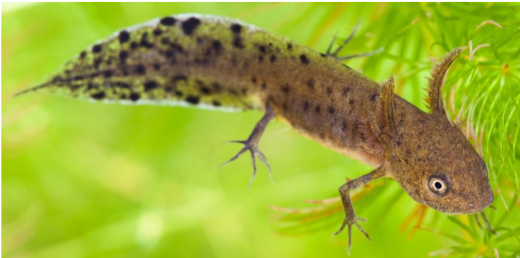
Grass snakes
Protected species
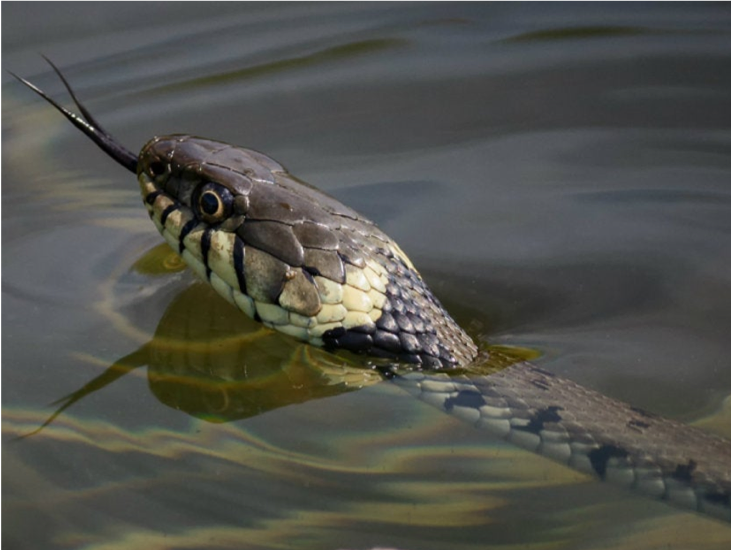
Grass Snakes are found throughout England and Wales but are absent from Scotland. They’re quite often seen in gardens, especially those with ponds which the snakes can hunt in. Grass Snakes are quite timid, often feigning death if disturbed; alternatively they may excrete a foul-smelling liquid. They are our longest native snake and can reach 150cm.
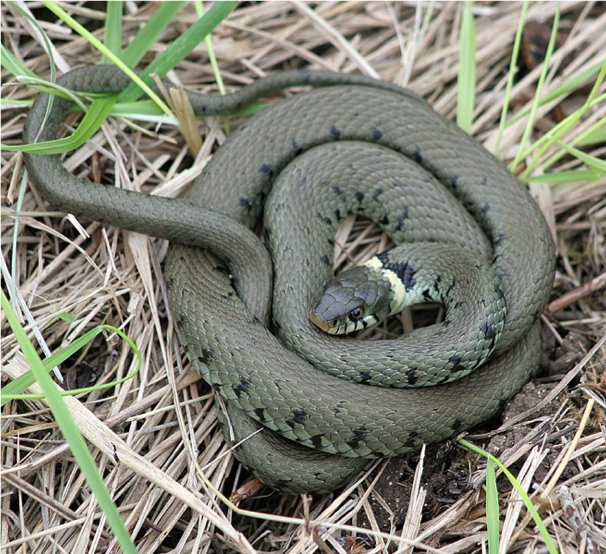
Non-venomous. Very good swimmers and may hunt in the water: often live around fresh water such as lakes, ponds or reservoirs. Also found in gardens, especially those with ponds or compost heaps. Feed on amphibians, small mammals, fish and birds. Search for prey using sight and sense of smell.
Grass snakes are protected in the UK under the Wildlife and Countryside Act, 1981. They are a Priority Species under the UK Post-2010 Biodiversity Framework, meaning that they cannot be deliberately killed, injured or traded in any way.
